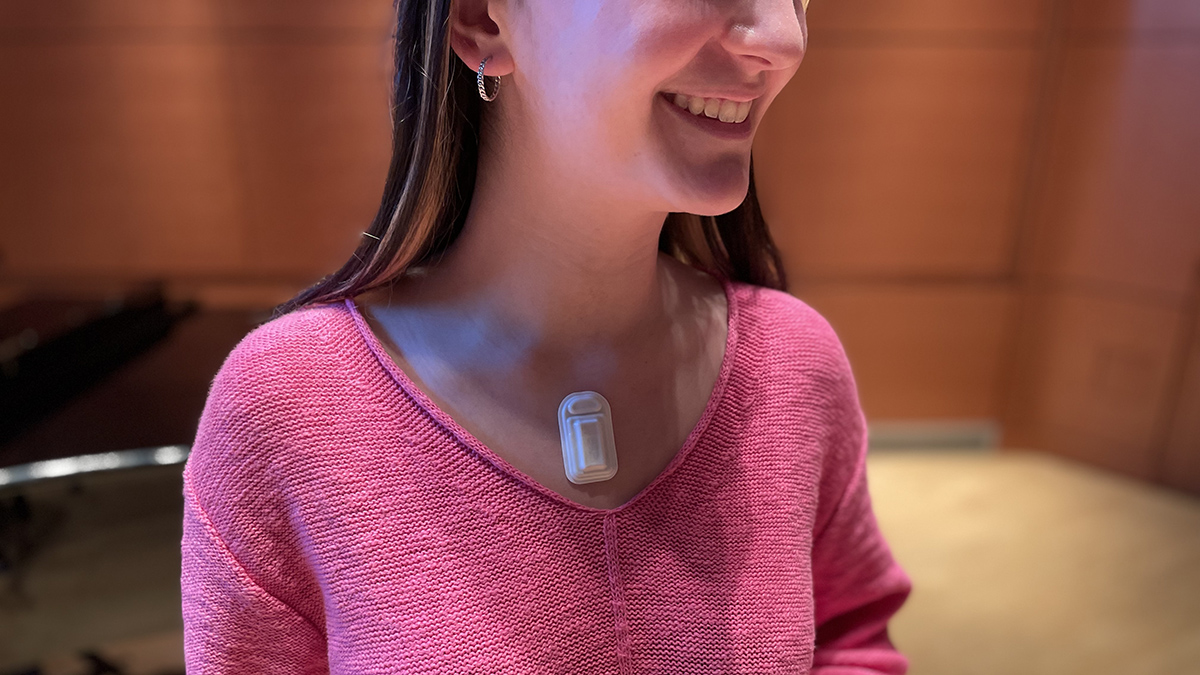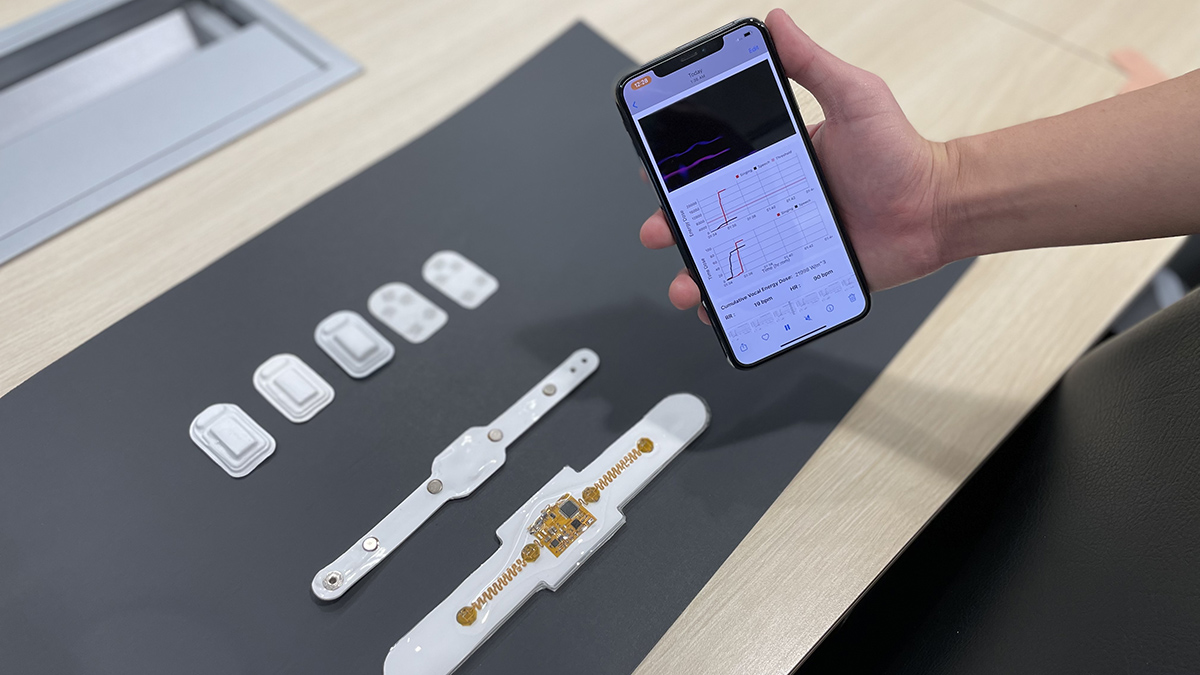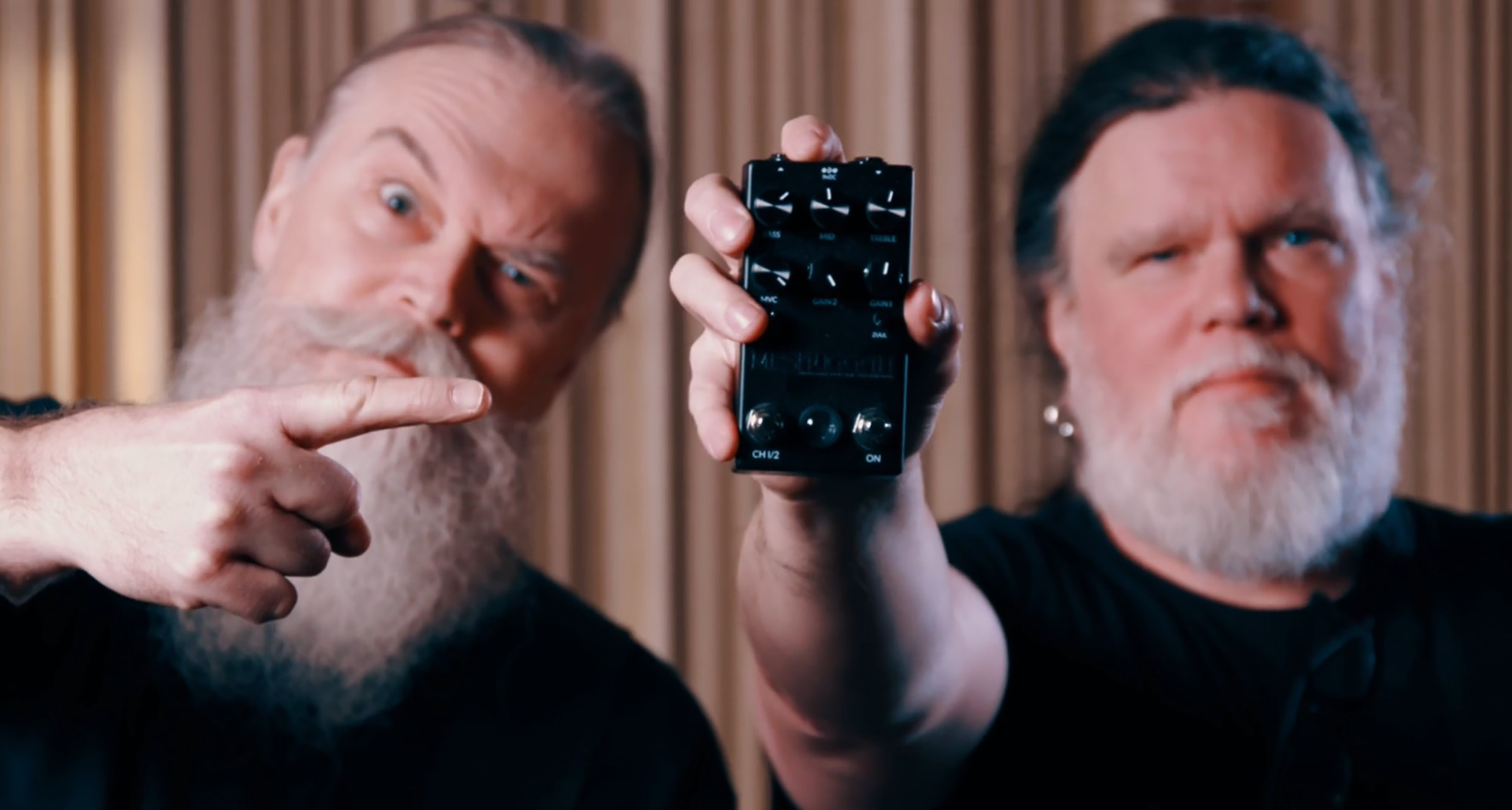Wearable Bluetooth device tells singers when to take a break and protect their voices
Stick-on neck patch detects vocal activity in real time and sends an alert when it’s time to keep your mouth shut
Vocal cord damage is a singer’s worst nightmare, and it can be caused by overuse. But how do you know when you’re using your voice too much and risking potential injury?
As usual, technology has an answer, in this case a new wearable Bluetooth device that communicates with an app on your phone.
Developed by an interdisciplinary team of materials scientists, biomedical engineers, opera singers and a speech-language pathologist at Northwestern University in Illinois, this postage-stamp-sized patch sticks to your throat and measures vocal activity throughout the day. Machine learning algorithms can distinguish between speaking and singing, so you can track each activity separately.
Then it’s over to the app, which enables you to set personalised vocal thresholds. Get close to one of these and you’ll get an alert on your phone, smartwatch or a dedicated wrist band, so you know it’s time to keep your mouth shut for a while and rest your voice.

“The device precisely measures the amplitude and frequency for speaking and singing,” explains Northwestern’s John A Rogers, a bioelectronics engineer who led the device’s development. “Those two parameters are most important in determining the overall load that’s occurring on the vocal folds. Being aware of those parameters, both at a given instant and cumulatively over time, is essential for managing healthy patterns of vocalisation.”
“It’s easy for people to forget how much they use their voice,” adds Northwestern’s Theresa Brancaccio, a voice expert who co-led the study. “Seasoned classical singers tend to be more aware of their vocal usage because they have lived and learned. But some people - especially singers with less training or people, like teachers, politicians and sports coaches, who must speak a lot for their jobs - often don’t realise how much they are pushing it. We want to give them greater awareness to help prevent injury.”
Brancaccio previously developed an app called Singer Savvy, which enables users to track their vocal use and stick within a ‘budget’. Rogers’ wearable device was originally created to track swallowing and speech in stroke patients, and was later used to monitor coughing in COVID patients. The new project extends the device’s use further, and Rogers believes that “anyone who uses their voice extensively could benefit.”
Get the MusicRadar Newsletter
Want all the hottest music and gear news, reviews, deals, features and more, direct to your inbox? Sign up here.

We’re told that the machine learning algorithms have a 95% success rate when it comes to distinguishing between singing and speaking, and Brancaccio says there’s evidence that “even brief 15- to 20-minute periods of total silence interspersed throughout the day can help vocal fold tissues recover and repair.”
It’s not very rock ‘n’ roll, of course, and some caterwauling singers we can think of would probably baulk at wearing it, but if you rely on your voice for a living we can see the attraction of a device like this, and it might just help to save someone’s career.
Find out more on the Northwestern University website.



I’m the Deputy Editor of MusicRadar, having worked on the site since its launch in 2007. I previously spent eight years working on our sister magazine, Computer Music. I’ve been playing the piano, gigging in bands and failing to finish tracks at home for more than 30 years, 24 of which I’ve also spent writing about music and the ever-changing technology used to make it.









